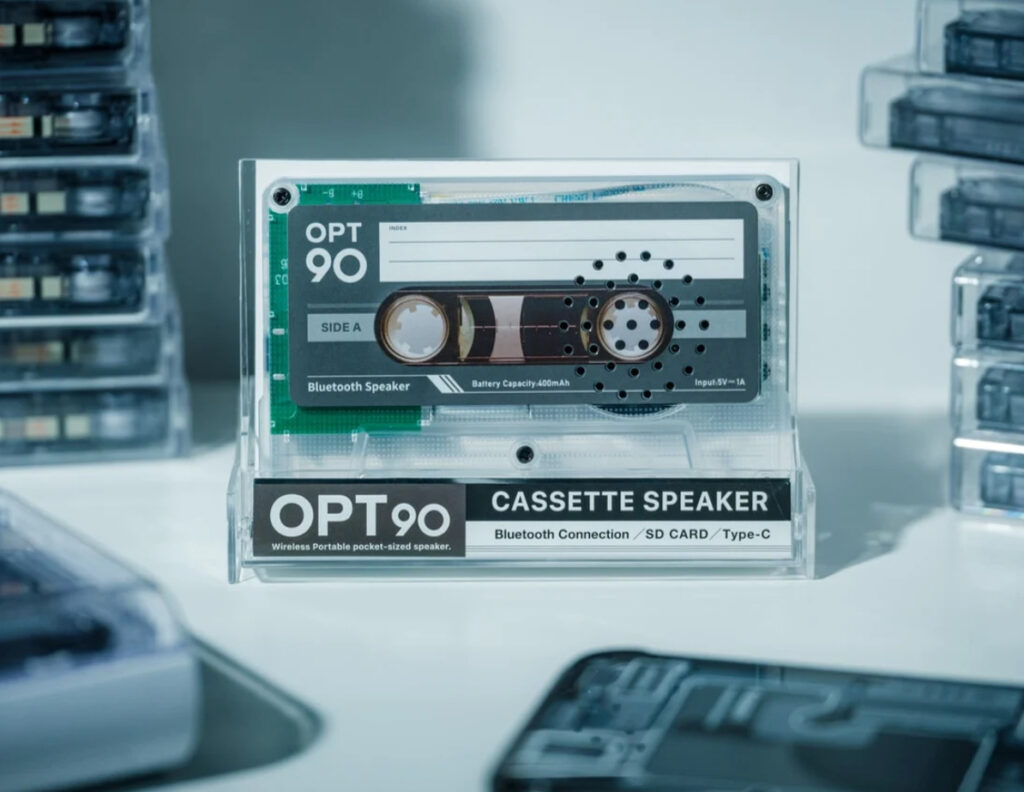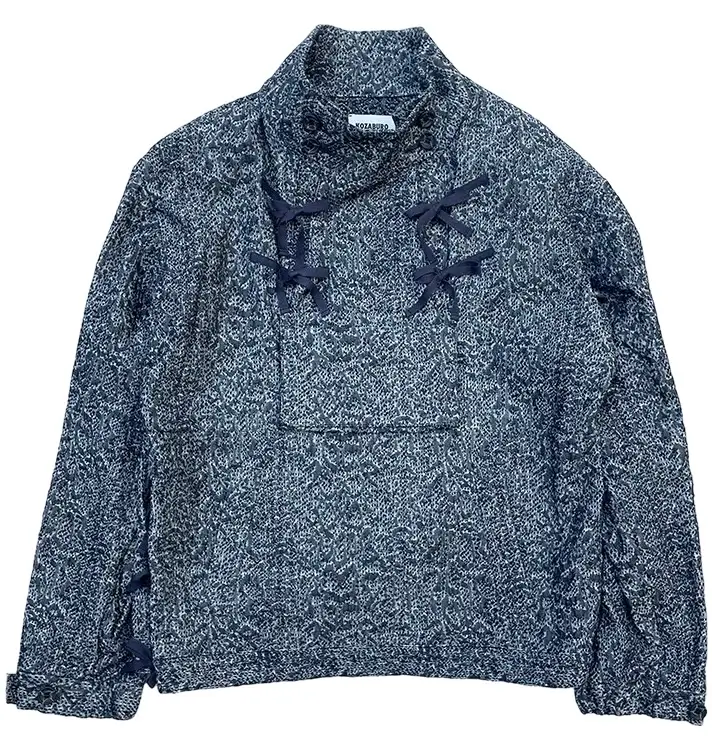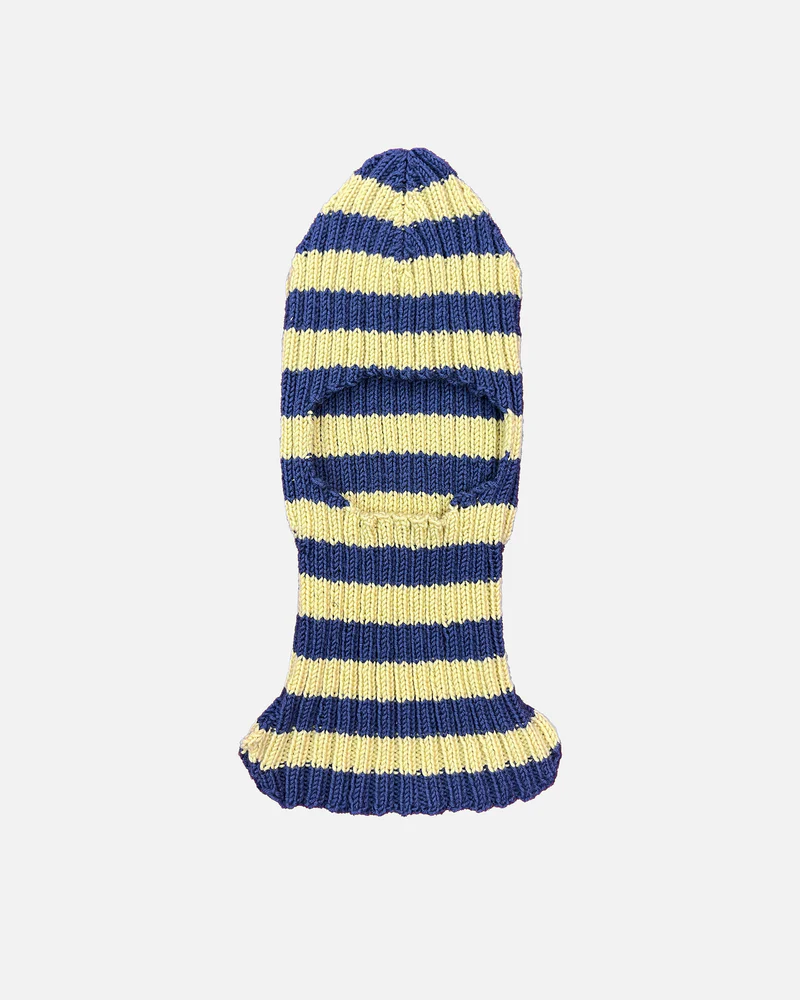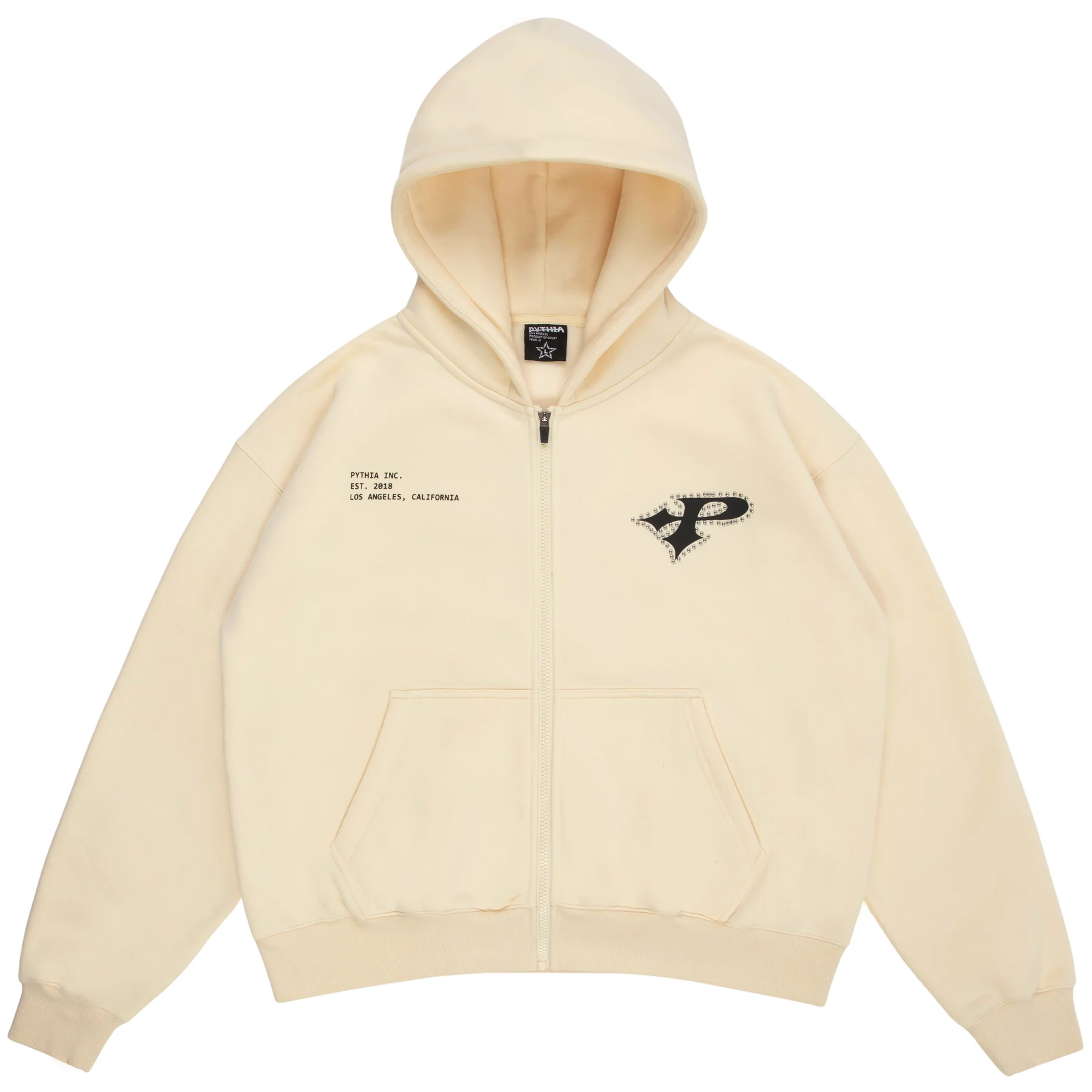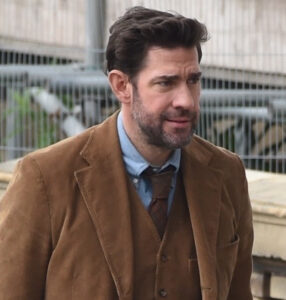In a world dominated by invisible playlists and algorithmic soundtracks, there’s something charming—almost rebellious—about holding music in your hand again. Not through vinyl, not through a boombox, but through the shape of something that once defined an entire generation’s relationship with sound: the humble cassette tape.
Long maligned as obsolete plastic, the cassette has found a strange afterlife in design culture. It’s not just the lo-fi crackle or physical rewind—it’s what the cassette represented: intentionality. You had to make choices, flip sides, wait. The cassette turned music into a ritual. Now, that ritual is being remixed for 2025 through a new innovation that merges retro aesthetics with wireless tech: the Side A Cassette Speaker.
More than a novelty, the Side A is a thoughtful product that taps into memory, materiality, and the very way we experience music in a hyper-digital era.
The Object: Form as Emotion
Let’s start with the obvious: the Side A Cassette Speaker looks like a cassette tape—but scaled up to the size of a paperback book. It doesn’t try to modernize or abstract the form. The proportions, typography, plastic texture, and even the twin spools at the center are all lovingly replicated. From a distance, it could fool a collector. But in the hand, it reveals itself: durable, matte-finished polymer with a subtle grip texture. A power button replaces the record tab. Bluetooth LED indicators glow behind one of the “spools.” And on the reverse? A USB-C port, AUX input, and volume control dial tucked discreetly into what once would have been label space.
This is design as nostalgia-engineering. It doesn’t just reference the past—it invokes it, faithfully and purposefully. The act of carrying the Side A is already a conversation. Strangers ask if it plays tapes. Friends grin and tell stories. That’s the emotional brilliance of the product: it unlocks not just sound, but memory.
The Function: Nostalgia That Works
Of course, good looks don’t mean much without substance—and this is where the Side A Cassette Speaker distinguishes itself. Internally, it features:
- Dual 40mm drivers with surprisingly rich midrange response
- A rear passive radiator that adds bass depth without distorting the small frame
- Bluetooth 5.3 for quick, stable pairing
- 8 hours of battery life, rechargeable via USB-C
- A built-in mic, allowing voice calls or AI assistant integration
- And optional NFC pairing, so Android users can tap to connect instantly
The sound is shockingly clean. For a device this small, it doesn’t just outperform other novelty speakers—it holds its own against mid-tier Bluetooth offerings from brands like JBL and Sony. It’s not audiophile gear, nor does it pretend to be. What it offers is characterful sound in a character-rich form, ideal for small rooms, desks, or outdoor picnics.
Cultural Timing: Why the Cassette, Why Now?
To understand the rise of the Side A, we have to understand the wider return of cassette culture. In 2023 alone, more than 480,000 cassettes were sold in the U.S.—a 13% increase over the previous year. From indie labels to pop acts like Billie Eilish and Tyler, the Creator, artists have begun releasing their work on tape again, not as functional media but as collectible artifacts.
The Side A doesn’t play tapes. But that’s beside the point. It embodies the nostalgia without requiring the clunky mechanics. And in doing so, it joins a class of modern devices—like Fujifilm’s Instax cameras, Marshall’s guitar-amp speakers, or the Nothing phone—that use retro references to critique our sleek, sterile tech landscape.
In a world of voice-activated, screenless streaming, the Side A says: let’s slow down. Let’s remember what it felt like to carry sound.
Design Language: Analog Sincerity in a Digital Age
Designed by a small team of audio designers and industrial minimalists based in Tokyo and Berlin, the Side A speaker reflects a visual sensibility that refuses irony. There’s no overt branding. The typography mimics 1980s BASF and Sony cassettes, but the fonts are subtly remixed. The speaker is available in four colorways:
- Classic Gray/Red – the original cassette look
- Soft Aqua – evoking translucent ’90s electronics
- Pale Lavender – a nod to Y2K nostalgia
- Matte Blackout – stealthy, modernist, and a favorite of fashion-forward users
Each edition comes in a cardboard sleeve styled like a mixtape case, complete with space for custom label art. It invites personal interaction, like drawing on your notebook or curating your old burned CD covers. It turns music into an act again, not just a service.
Use Cases: From Decor to Dialogue
People are buying Side A speakers not just for sound, but for their hybrid value:
- As a decor object, it adds warmth to sterile desks and bookshelves
- As a gift item, it lands the perfect blend of personal and cool
- As a Zoom era accessory, it becomes an audio device with visual personality
- As a travel speaker, its compactness and durability make it a no-brainer
Users report surprising levels of attachment. It’s not just a speaker—it’s a companion. Like the cassette in your Walkman, it becomes an extension of identity, a portable mood board.
Soundtrack to the Self: The Return of the Mixtape Mentality
If Spotify reflects how we consume music passively, the Side A reflects how we used to create music actively. Not making music, necessarily—but arranging it, shaping it, gifting it. The mixtape was a love letter, a friendship flag, a car ride companion.
Now, with the Side A, the idea of the mixtape returns—not in medium, but in mindset. You charge it up, pair it with your phone, and hit play on a curated playlist. But the act of doing so feels physical, rooted in something solid. Music, once again, is present in the room—not just floating in a cloud.
That’s why people are gravitating to this object. Not because it solves a new problem. But because it reinvokes an old joy.
Critique and Reception: Style Over Substance?
Some critics dismiss retro-design tech as shallow: aesthetic gimmicks with no staying power. But the Side A defies that assumption. It’s well-built, thoughtfully engineered, and acoustically competent. Reviewers across design and tech publications—from Dezeen to The Verge—have praised its hybrid appeal.
It’s not trying to replace your home audio setup. It’s trying to remind you how audio once felt. That distinction matters.
What It Says About Us: Tangibility, Tactility, and Tech Nostalgia
The success of the Side A speaks to a broader cultural hunger for tangibility in the digital age. As more of our lives vanish into the cloud, we crave objects that anchor us. That’s why print zines are back. Why analog photography refuses to die. Why we light candles during Zoom therapy.
We need friction. And the Side A, with its rewindable silhouette and hand-sized joy, offers exactly that. It’s not regressive. It’s redemptive.
Conclusion: A Love Letter Disguised as a Speaker
The Side A Cassette Speaker doesn’t just play your songs. It holds them. It reframes them. It lets you feel, even briefly, like music is something you can touch again.
And in doing so, it becomes something rare: a modern product that doesn’t chase future shock, but invites a future with memory. It’s not a throwback. It’s a bridge. Between Side A and Side B. Between now and then. Between convenience and care.
No comments yet.

